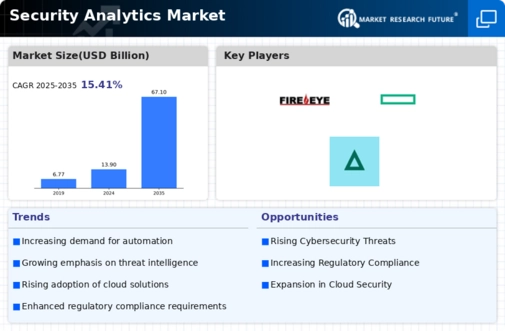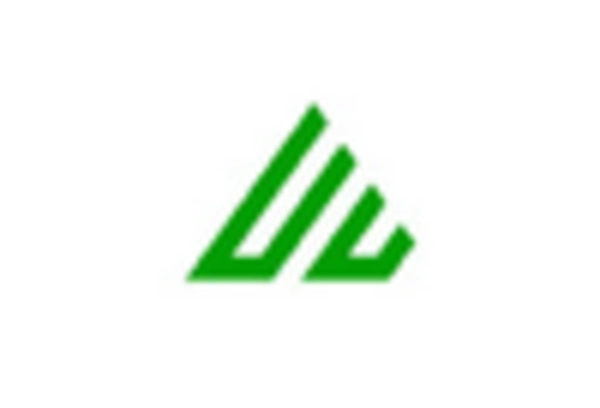Market Analysis
In-depth Analysis of Security Analytics Market Industry Landscape
The market forces of the Security Analytics space are witnessing a land shaped by evolutionary changes in cybersecurity, something all organizations across the world have come to experience. As a result of this upward trend, the frequency and complexity in daily cyber threats has skyrocketed. Demand for next-generation security analytics solutions development is also on an ever greater expansionary path. There is a growing sense among enterprises that they must have their own threat detection and response mechanisms. This kind of market can be called one addressing advanced threats, which refers to the third category on our list above. One of the main forces fueling backward looking Security Analytics market growth is that an ever faster but wider spread river tide, sweeping through all kinds of data and flowing into critical infrastructure.
Big name data compromise incidents have underlined the need for effective analytics programs that can rapidly process and make sense of massive quantities of traffic to pinpoint unconventionalities, which might indicate a threat. This has caused companies in all sectors--finance, healthcare and government included--to invest vast sums of their budget to acquire the next-generation Security Analytics solution. User and entity behavior analytics (UEBA) is another widely-held belief among the Security Analytics market. Recognizing the importance of recognizing normal user and entity behavior patterns, many organizations now understand this sortable information can be a valuable aid in identifying anything out-of-the ordinary that indicates potential security problems. UEBA solutions can filter out and analyze the behavioral footprints left by internal users, accessed data volume of a given period appropriately combined with user permissions to determine levels of risk.
Anomaly detection in for example raw log content is part of what prevents insider threats from slipping under the radar, helping organizations identify malicious activities that more traditional security approaches would overlook or miss completely. Moreover, security analytics is becoming integrated with other cybersecurity products. One can see an increasing trend toward forming a complete and interoperable ecology of the future for information security. If you combine security analytics engine solutions with technologies such as Security Information and Event Management (SIEM) or endpoint protection; threat intelligence, incident managers can increase the span of their cyber threats defense.
This integration simplifies security workflows, helps reduce response time and further strengthens cybersecurity defenses. The integration of artificial intelligence (AI) and machine learning has been a serious transformative vehicle for changing the way we play. By applying AI and ML algorithms to Security Analytics platforms, it is possible to analyze patterns. anomalies can be detected and threats adapted so that there are no examples of human beings sitting in one place detecting a threat but not adjusting accordingly. This degree of automation improves the efficiency with which threats can be detected, and reduces response times--an important consideration in lessening economic losses from computer security incidents.

















Leave a Comment